"Automatic rifle device" H.J.R. Reader
By the middle of 1940, the situation in Europe had worsened and required active action. In addition, it directly affected the countries of the British Commonwealth of Nations, including the Union of South Africa. H.J.R. proposed his own solution to some problems. Reeder, World War I veteran, then a mechanic at one of the Cape Town post offices. He already had some experience in inventing, and this time he came up with a way to significantly improve the fighting qualities of existing weapons, which he immediately offered to the military.
First, the inventor discussed his proposal with the representative of the command of the local garrison, Lieutenant Colonel M.Ye. Ross. Later Reader wrote several important letters, thanks to which a simple sentence turned into a full-fledged project. On July 22, he appealed to the commanders for a single Lee-Enfield serial rifle. He proposed to subject this weapon to minor modifications and equip it with a set of original equipment that would allow firing in automatic mode. In this case, the inventor assured that the rifle will retain the original capabilities.
A reply was received on 3 August. The military became interested in the idea, but before providing a rifle for experiments, they demanded from Reader the drawings of his invention and the description of his work. At this time, the command of the South African troops, for obvious reasons, was in no hurry to support the project, but did not immediately abandon it. The negotiations and consultations took about one and a half months.
Only 23 September 1940, deputy commander of coastal artillery Lieutenant Colonel H.E. Silliers allowed the inventor to issue one Short Magazine Lee-Enfield Mk III rifle (serial number 45374). The rifle remained at the disposal of the reader for almost two months. On November 18, Lieutenant Colonel Silliers sent a letter to the inventor demanding the return of the weapon, as well as the results of the work. The letter noted that the rifle is demanded back so quickly due to pressure from its superiors. According to others, the first rifle №45374 remained at the disposal of the inventor until the end of the project.
The goal of the project is H.J.R. Reader was to create a set of special tools that allowed, without any major modifications, to turn the existing Lee-Enfield rifle into a self-loading or automatic weapon. Modernization of the design of the weapon itself was too complicated and impractical. In addition, she could not guarantee the maximum reduction in the cost of new weapons. For this reason, the inventor decided to make a special additional device that could solve the problem. The result of this was the emergence of a device known as the Rieder Automatic Rifle Attachment ("Automatic rider rider fixture").
As conceived by Reader, his “rifle device” was supposed to interact with the gate of the existing serial rifle and set it in motion due to the energy of the powder gases. This idea defined the appearance of "adaptation". It turned out quite simple and consisted of several dozen parts, the manufacture of which was not particularly difficult. In particular, the simplicity of the design is confirmed by the fact that the prototype of the “device” was made by Reader in his own workshop. In addition, in order to conduct test shooting, but not to interfere with the neighbors, the inventor invented and assembled a special silencer.
Externally, the "rifle device" was like a metal tube with some protruding parts. Its main element was the tube, which was the body of the gas engine. In its front and middle parts there were rings for attachment to the rifle. The back part was connected to a flat plate of complex shape. The latter, with the help of several screws, was to be mounted on the side of the weapon box. All other parts were placed inside the main tube.
Using a special sleeve with a closing valve, it was proposed to attach the front part of the tube to the barrel of the base rifle. Also, the back plate and, if necessary, additional clamps were used to hold the “fixture”. The barrel bore was connected to the cavity of the gas engine by means of a vapor outlet. Inside the tube was a gas engine with a piston, a rod, several springs and other parts. In the design of the internal parts were provided some interesting ideas. Thus, the longitudinal rod, which served to transfer the energy of gases to the gate, was made of two main parts. In this case, the front (connected with the piston) in the tail section had a screw guide, which was included in the corresponding slots in the rear. Due to this, the translational motion of one half of the stem was transformed into the rotation of the other. Both parts of the stem had their own return springs.
At the rear end of the hull-tube was located a lever that had to interact with the rifle bolt handle. A rather complicated stem design was connected precisely with the peculiarities of the shutter operation of the Lee-Enfield rifle. To unlock, it was necessary to turn the bolt counterclockwise, after which it was possible to move it backward, while at the same time extracting the liner.
The principle of the "Automatic rider rider" was quite simple. Having prepared the weapon for shooting, the shooter had to direct it towards the target and pull the trigger. During the shot, a part of the powder gases entered the side tube of the “tool” and pressed the piston. He set in motion the rod, which with the help of the rear lever first turned the bolt handle, and then shifted it back. After that, under the influence of the return spring, the rod and the lever returned to the place, shifted the bolt and locked it by turning. The weapon was ready for the next shot.
Already in the autumn of 1940, Reader assembled a prototype of his device. It had an extremely simple construction and, despite its handicraft origin, did not have much weight. The "fixture" weighed about 2,5 pounds (1,1 kg) and therefore should not have led to a significant deterioration in the mobility of a soldier. Within a few months, the inventor managed to spend a fairly large number of test shooting, in which he had to use a homemade silencer. Test shooting allowed Reader to test his ideas, as well as to select the optimal components, in particular, to choose the best springs of his own making.
In the proposed form of "adaptation" allowed to fire in self-loading mode and bursts. At the same time, there were no devices for changing the shooting mode: for single shooters, the shooter had to release the trigger. Due to the low rate of fire, such use of weapons was not difficult. If necessary, it was possible to close the gas engine valve, after which the rifle lost the possibility of self-loading and could be used in the same way as its unfinished “brothers”.
The main work was completed only at the very end of 1940. In early January 41-th project documentation was again submitted to the command. Soon a demonstration of the finished system in the form of a Lee-Enfield rifle and an "Automatic adaptation" took place. According to reports, at this time, representatives of the army were taking photographs, but images of the first demonstration of a workable system were not preserved. Moreover, they disappeared shortly after the event itself.
Until the end of January, the military and the inventor conducted tests of the original system. At first glance, the proposed invention looked promising, but problems were soon identified. Thus, long-term shooting without significant interruptions to the cooling of the structure would disable the automation. For overheating, which did not allow the automation to continue working, it was enough just 100 shots. The fact is that X.J.R. The reader, having no other possibilities, made all the springs independently of piano strings. Such material provided acceptable characteristics for some time, but did not have a high resource. With prolonged heating, the "string" springs lost elasticity and could not work in normal mode. Reader promised to continue developing the project and fix these problems.
A major role in the tests of the “Automatic rifle device” was played by Major E.P. Edwards, who served in one of the army workshops. He actively participated in the inspections, and also put forward several interesting proposals. So, he proposed to continue the project and improve it by replacing the springs, finalizing sights and other minor changes.
The unsuitable springs turned out to be the biggest problem of the “fixture”, which led to the draft delaying and in a certain sense led to the abandonment of it. After testing at the beginning of 1941, Reader and Edwards tried to find suitable springs until the summer and had unsuccessful correspondence with various organizations. In this regard, the inventor was forced to ask the military to extend the deadlines for the project.
During the actual downtime, the inventor introduced several innovations into the project. In the original version, the “fixture” had serious problems with ergonomics. Thus, when the rifle was held by the neck of the butt, there was a risk of injury of the fingers by the moving lever of the “device” and the shutter handle. The additional tube on the right side of the rifle, in turn, interfered with the normal holding of the weapon with his left hand.
For more convenience and safety of using the rifle, an additional pistol grip was inserted into the “automatic adaptation of the Reader”. It was made of wood and fastened on the neck of the butt with a metal clamp. Before the store it was proposed to install a similar clamp with a small wooden block. Later it was replaced with a full-fledged vertical grip.
There is information about the finalization of the store. In the base configuration, the Lee Enfield rifle had an all-in-one 10 box magazine for cartridges that did not allow the effective use of automatic weapons. For this reason, in the later stages of the project, an enlarged 20 magazine was introduced into the “adaptation” kit. Like the original, he could not be removed from a rifle and was charged with clips.
18 June 1941, the military singled out 16 rifles for the Reader, which should have been equipped with “automatic devices” and used in regular demonstration tests. On the manufacture of the necessary equipment took about one and a half months. At the same time, according to some data, the inventor again had to use springs from piano strings.
The original invention needed further refinements, but they were not possible due to the lack of the necessary components. In addition, over time, the need for such weapons has disappeared. British gunsmiths developed several options for simple and cheap automatic weapons that could be produced in large quantities, including in the interests of the countries of the Commonwealth. As a result, the South African or British military no longer needed the development of H.J.R. Reader or other similar systems.
Attempts to continue work on the project continued until the 1944 year, after which Mr. Rieder and his colleagues finally became disillusioned with it. The need for such systems disappeared completely, and besides, even after modifications, they could not compete with the initially automatic weapons. After completion of the work, all used rifles were returned to the military. Rifle No.45374 in October 1944 of the year became a museum piece. The other weapon used in the project was returned to the line. Reader’s project was not successful, but remained in stories as one example of civic enthusiasm in helping the army.
On the materials of the sites:
http://forgottenweapons.com/
http://guns.com/
http://strangernn.livejournal.com/
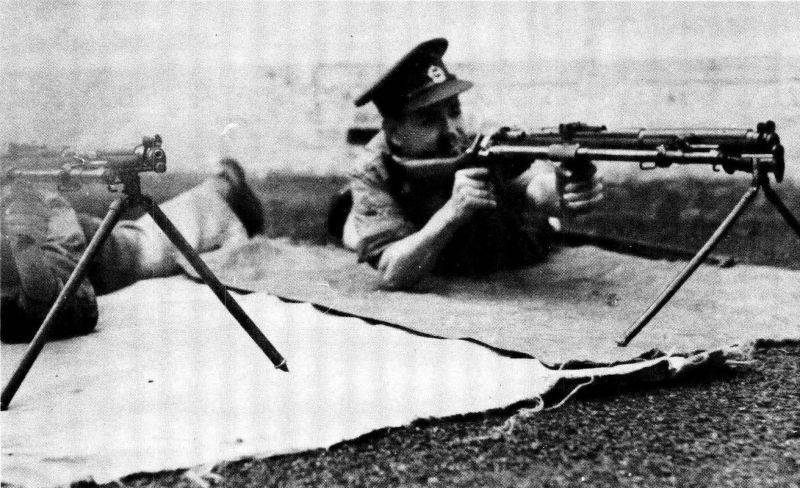
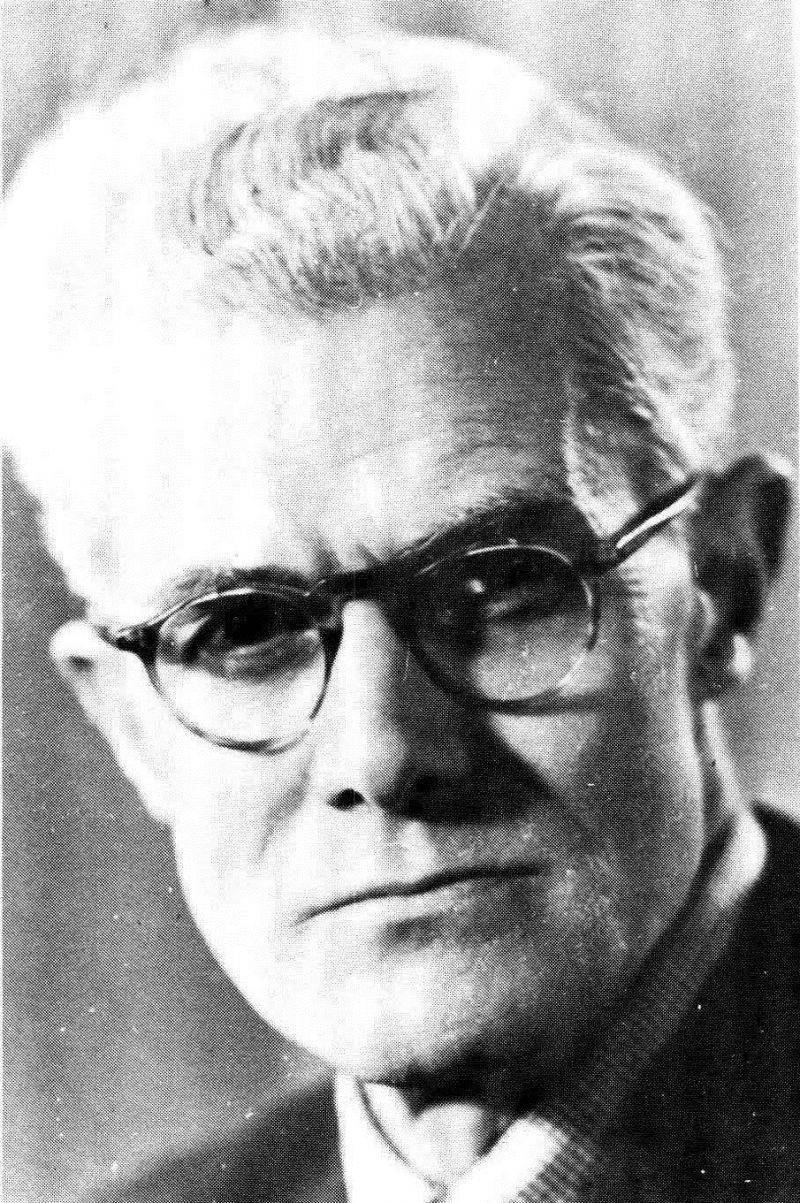
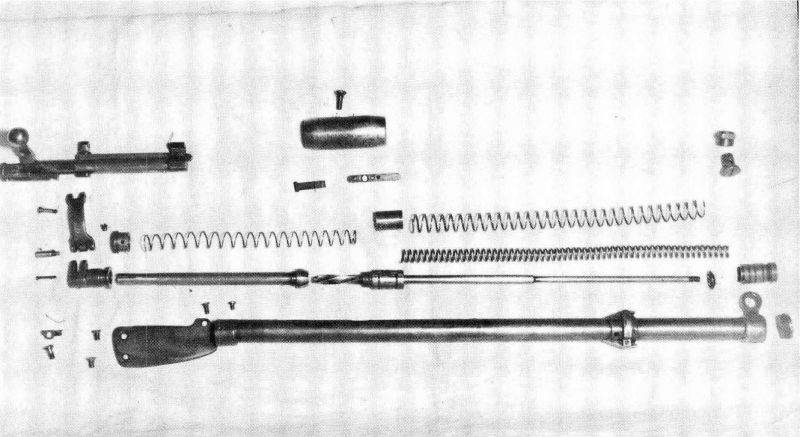
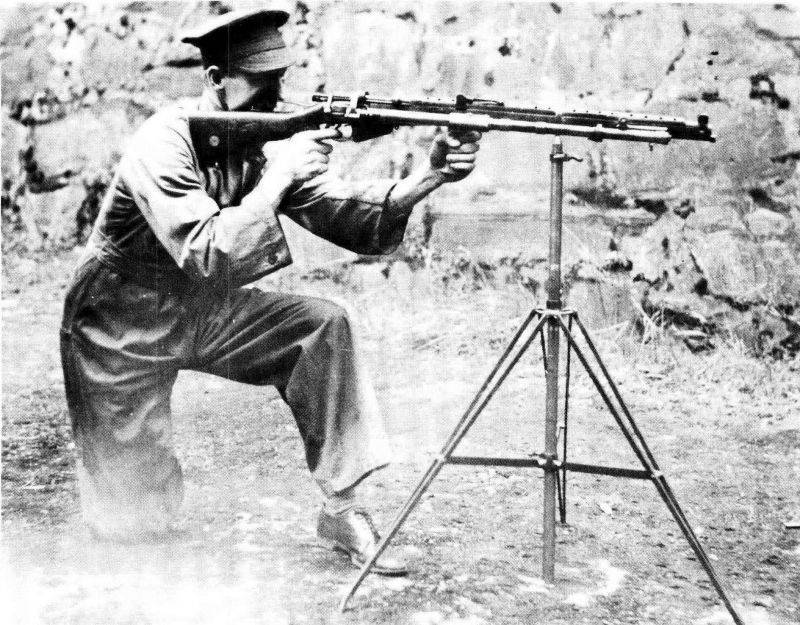
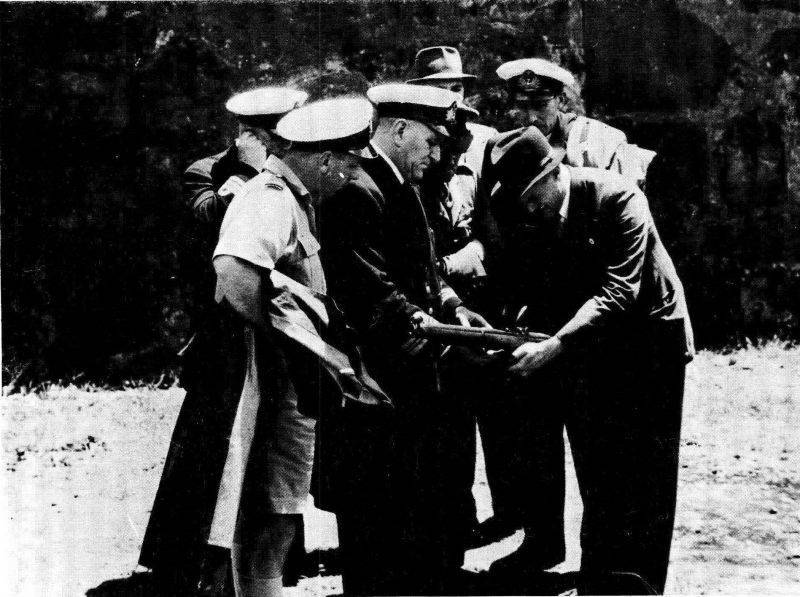
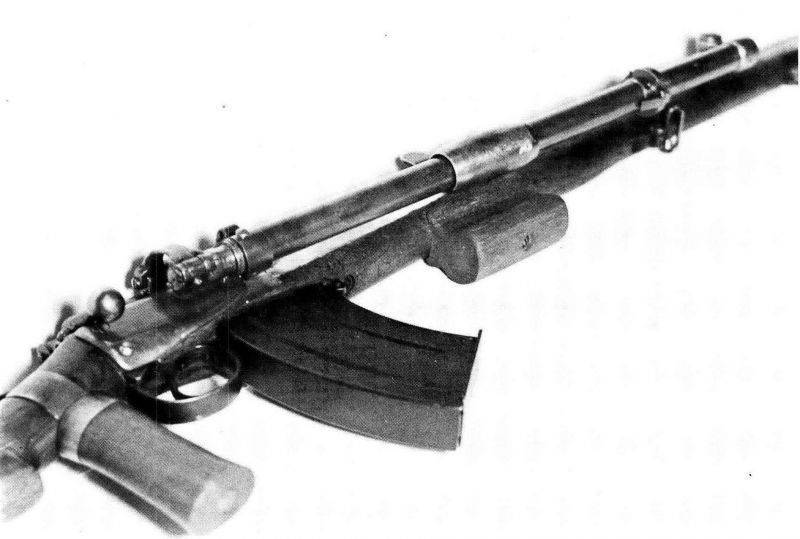
Information